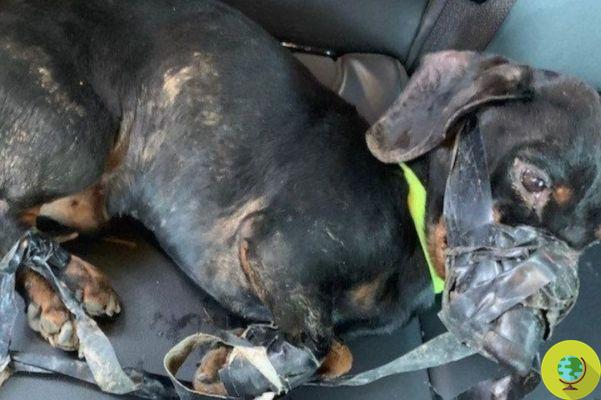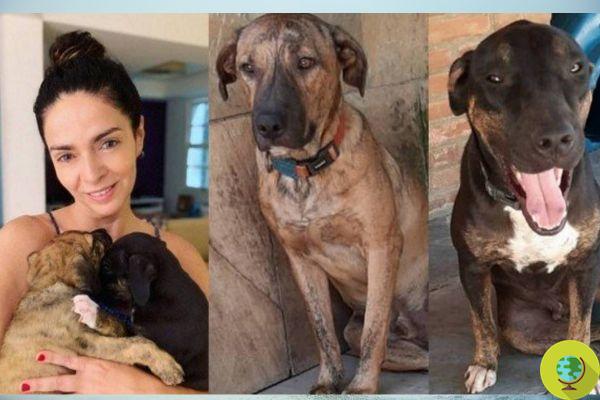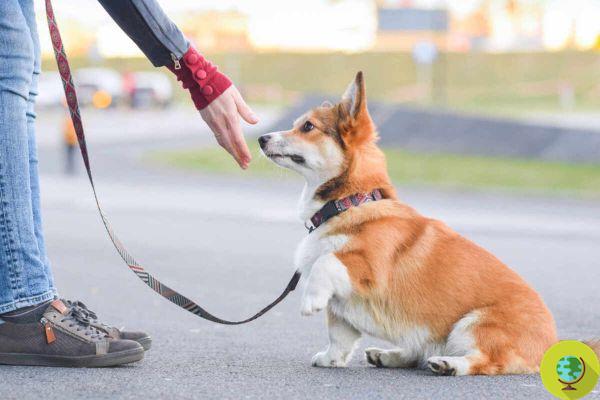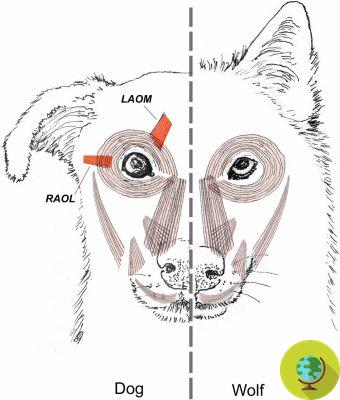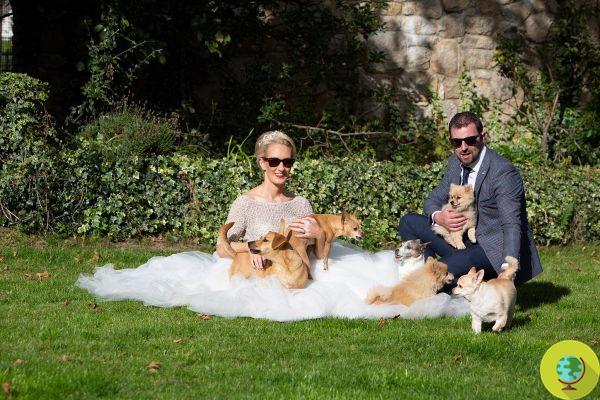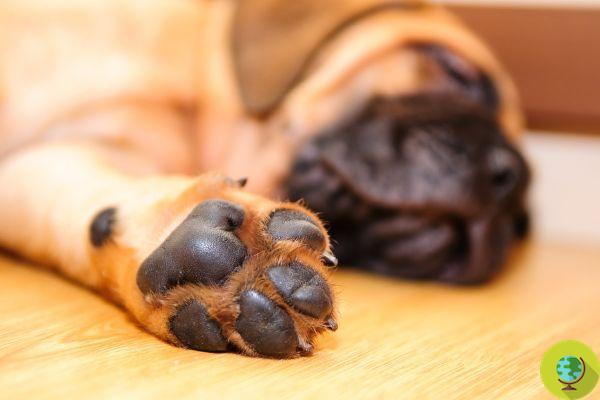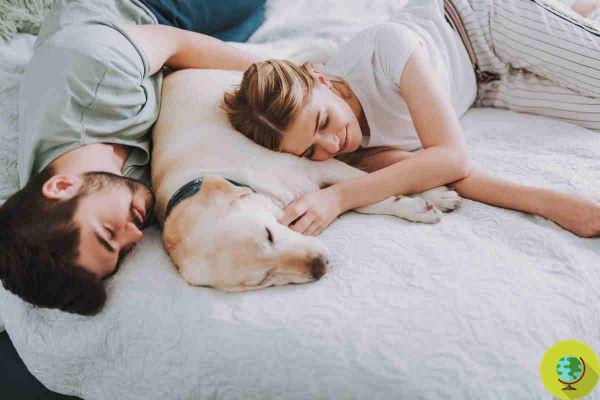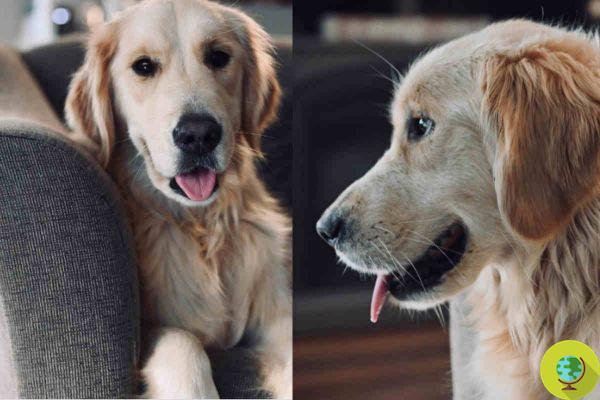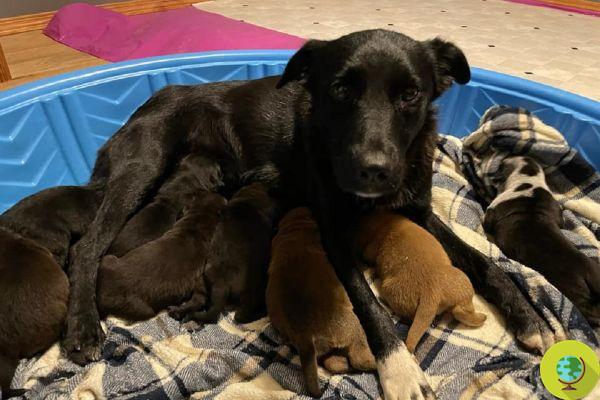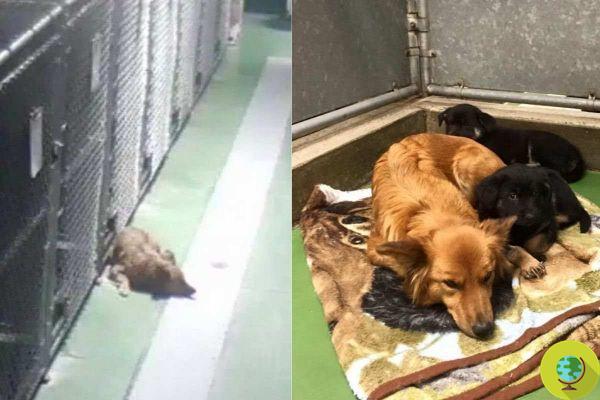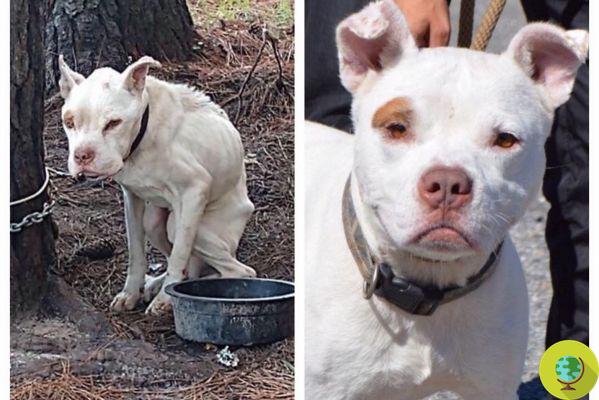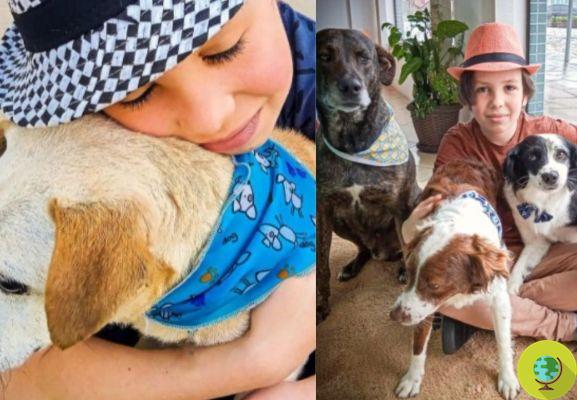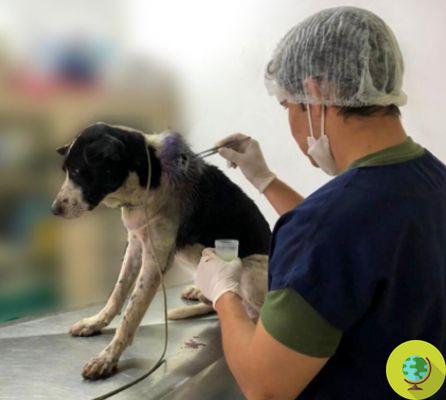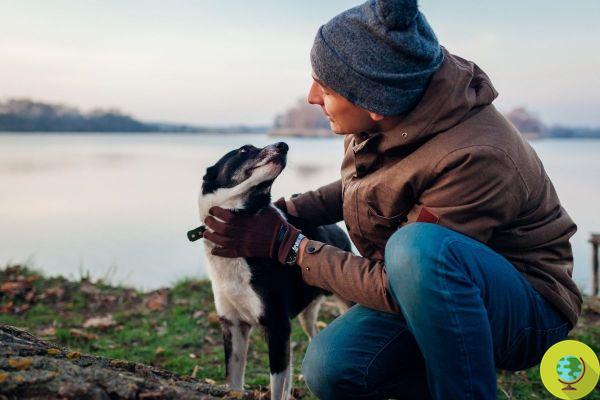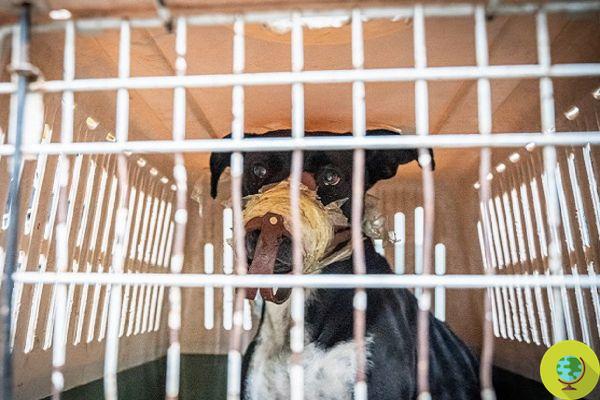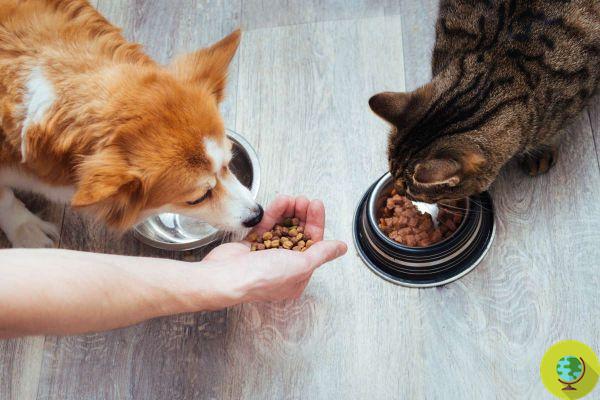
Here are the hygiene practices to follow when preparing food for your dog or cat to avoid serious risks for your health but also for that of your pet.
He is about to end up run over, his mother saves him
When preparing food for your own pets, whether they are dogs or cats, many do not pay much attention to cleaning the bowls or type of food that they are giving to their four-legged friend. Food and bowls for dogs and cats must be handled in such a way as to minimize potential health risks for animals and people. (Read also: Pet food: more traces of DDT found in pet products according to the latest EFSA report on pesticides)
In fact, foods designed for pets contain some pathogens which can be harmful to humans. For example, if you have children in your home, you need to be extremely careful as little ones are particularly prone to infections due to their underdeveloped immune systems. Even adults with compromised immune systems may be susceptible to pathogenic microorganisms from pet foods and bowls that are not handled hygienically.
As a result, researchers at North Carolina State University wanted to understand how pet owners follow recommended hygiene practices through a study published in the scientific journal PLOS ONE.
A systematic review
The researchers looked at the food preparation and hygiene practices of the bowls 417 pet owners. These were divided into three groups: in the first group the owners had to follow the guidelines proposed by the American government body FDA, the second group was instead asked not to follow them, while the last group had to put into practice the hygiene guidelines. of the Human Food Code.
The researchers were able to prove that less than 5% of owners were aware of guidelines to follow when preparing food for their pets. Furthermore, only the 34% of people washed their hands after preparing bowls for their dogs or cats and the 33% he placed the bowls on the same surface they used to cook their own meals.
When the experts analyzed the bowls of the three different groups, they found that the owners who followed the guidelines of the FDA or the Human Food Code had all shown a reduction in bacterial concentrations that are formed with poor hygiene practices. However, when the owners have filled out the surveys for the final evaluation, only 8% of them said they wanted to continue to follow these guidelines.
In numerous previous studies it had been proven that the dishes that were used to put food for pets presented bacterial species dangerous to humans, such as Escherichia coli, Staphylococcus aureus and Clostridium difficile. The researchers therefore concluded that the application of the FDA guidelines resulted a decrease in bacterial contamination bowls for pets. These practices to be followed are:
- Buy pet food products (cans, bags, or bags) in good condition. Always check if the packages are damaged or in bad condition.
- Wash your hands both before and after preparing food with warm soapy water for at least 20 seconds.
- Wash used bowls and utensils with warm soapy water after each use.
- Use a clean spoon or cup to put the food in the bowl.
- Throw away spoiled food safely by placing it in a tightly tied plastic bag and lidded garbage pail.
Follow your Telegram | Instagram | Facebook | TikTok | Youtube
Fonti: PLOS ONE / FDA
You may also be interested:
- What is the best place to place cat bowls?
- Leishmaniasis: causes, symptoms and how to prevent it
- Discovered new beneficial effect on your brain (and your memory) of having a dog or cat at home





